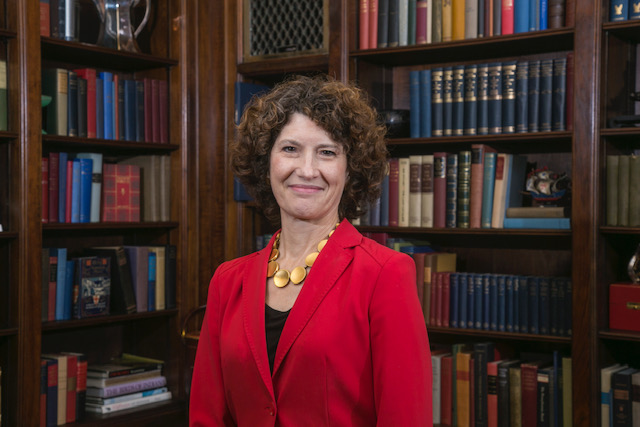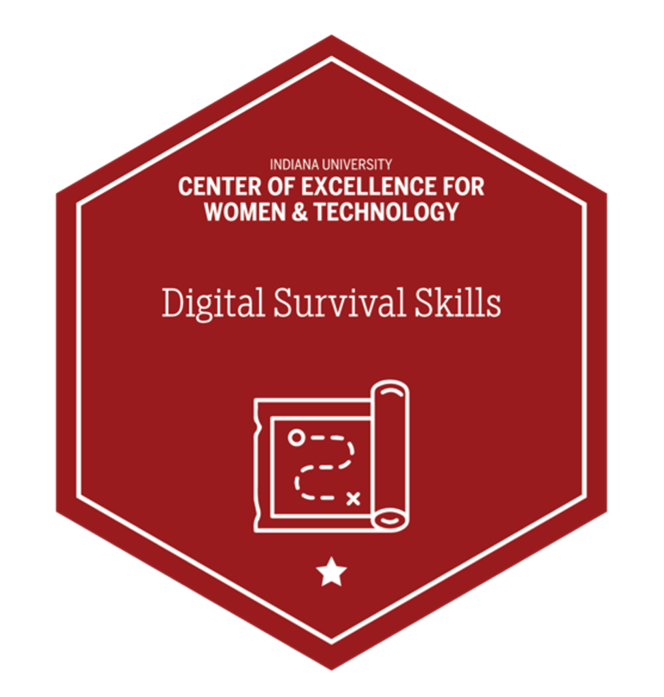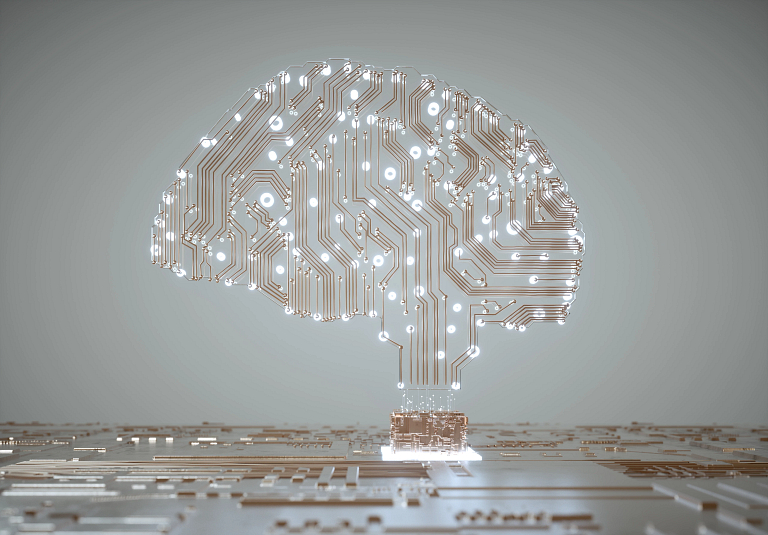How do you think about disability?
Tuesday, October 12, 2021
For this Ally Tips, we’re taking a look at Neurodiversity (or Neurodivergence) and how we can create work/learning environments that are conducive to all ways of thinking! Neurodiversity was coined in 1998 by Judy Singer (and recently updated) to recognize that there are many ways that people’s brains can be “wired” (such as people with dyslexia, autism, and ADHD) that produce different ways of thinking, problem solving, and learning. Part of this recognition is that there isn’t a single “normal” way of thinking. A history of ableism, however, has taught us to believe that there is one kind of body and, by extension, one kind of brain that is normal and that produces normal behavior. Rather than being viewed as simply different, neurodivergent people are often viewed as less intelligent, less competent, and less capable of functioning. Of course, they are trying to function in a world that was built according to the needs of a “normal” body. Read more below about how disabilities have been framed, experiences of neurodiverse people, and changes we can make to our everyday behavior to include neurodiversity!










